Your A-Z Guide To The 2014 Winter Olympics In Sochi
The Winter Olympics are kind of like the less successful sibling of a worldwide phenomenon. They're not as well regarded as their brother or sister. They don't elicit the same attention. They're not as well received.
However, they come from the same stock as someone grand, and presumably someone will marry them some day, and they'll hopefully make that person happy.
The Winter Olympics are not the Summer Olympics. Despite their relationship under the banner of the International Olympic Committee, it's an unfair comparison to make. Most of the sports that comprise the Winter Games are unfamiliar at best, and horrifying at worst. Nonetheless, it's a spectacle that attracts the attention from a very good portion of the world.
Yes, corruption surrounds it, and so many of the competitors come from privileged backgrounds that stories of underdogs overcoming insurmountable odds are few and far between (or else horribly exaggerated), but the Winter Olympics remain capable of connecting a great deal of us.
We'll identify with the young woman from the Netherlands who skates faster than anyone else. We'll see the elation in the face of Canada's ice hockey captain after they fend off an upstart nation. We'll fist pump right along with the Kazakh figure skater who lands a seemingly impossible combination.
International competition is capable of causing an almost emotional globalization. In order to make that experience all the more full, here is everything you need to know about the 2014 Winter Olympics:
A Is For Accommodations
Our introduction to the Sochi Olympics has largely been through the eyes of the journalists who arrived early for the games. The accommodations seem to have all the convivial appeal of a
People have asked me what surprised me the most here in Sochi. It's this. Without question ... it's ... THIS. pic.twitter.com/1jj05FNdCP
— Greg Wyshynski (@wyshynski) February 4, 2014
Water restored, sorta. On the bright side, I now know what very dangerous face water looks like. #Sochi #unfiltered pic.twitter.com/sQWM0vYtyz
— Stacy St. Clair (@StacyStClair) February 4, 2014
To anyone in Sochi: I am now in possession of three light bulbs. Will trade for a door handle. This offer is real: pic.twitter.com/7AeesqDi8Y
— Dan Wetzel (@DanWetzel) February 4, 2014
The reception of our hotel in #Sochi has no floor. But it does have this welcoming picture. pic.twitter.com/8isdoBuytl
— Kevin Bishop (@bishopk) February 4, 2014
A Is Also For Alpine Skiing
Events: Men’s and women’s Downhill, Super G, Giant Slalom, Slalom, Super Combined.
For a complete preview of Alpine Skiing, click here.
B Is For Biathlon
Events: Men’s and women’s Sprint, Pursuit, Mass Start, Individual, Relay, and Mixed Relay.
For a complete preview of Biathlon, click here.
B Is Also For Bobsleigh
Events: Men’s two-man, Men’s four-man, Women’s two-man.
For a complete preview of Bobsleigh, click here.
C Is For Cross-Country Skiing
Events: Women’s 10km Classic, men’s 15km Classic, women ’s 15k m Skiathlon, men’s 30km Skiathlon, women’s 30km Mass Start Free, men’s 50km Mass Start Free, women’s 4x5km Relay, men’s 4x10km Relay, women’s Sprint Free, men’s Sprint Free, women’s Team Sprint Classic, men’s Team Sprint Classic.
For a complete preview of Cross-Country Skiing, click here.
C Is Also For Curling
Events: Men's and women's tournaments.
For a complete preview of Curling, click here.
D Is For Dogecoin
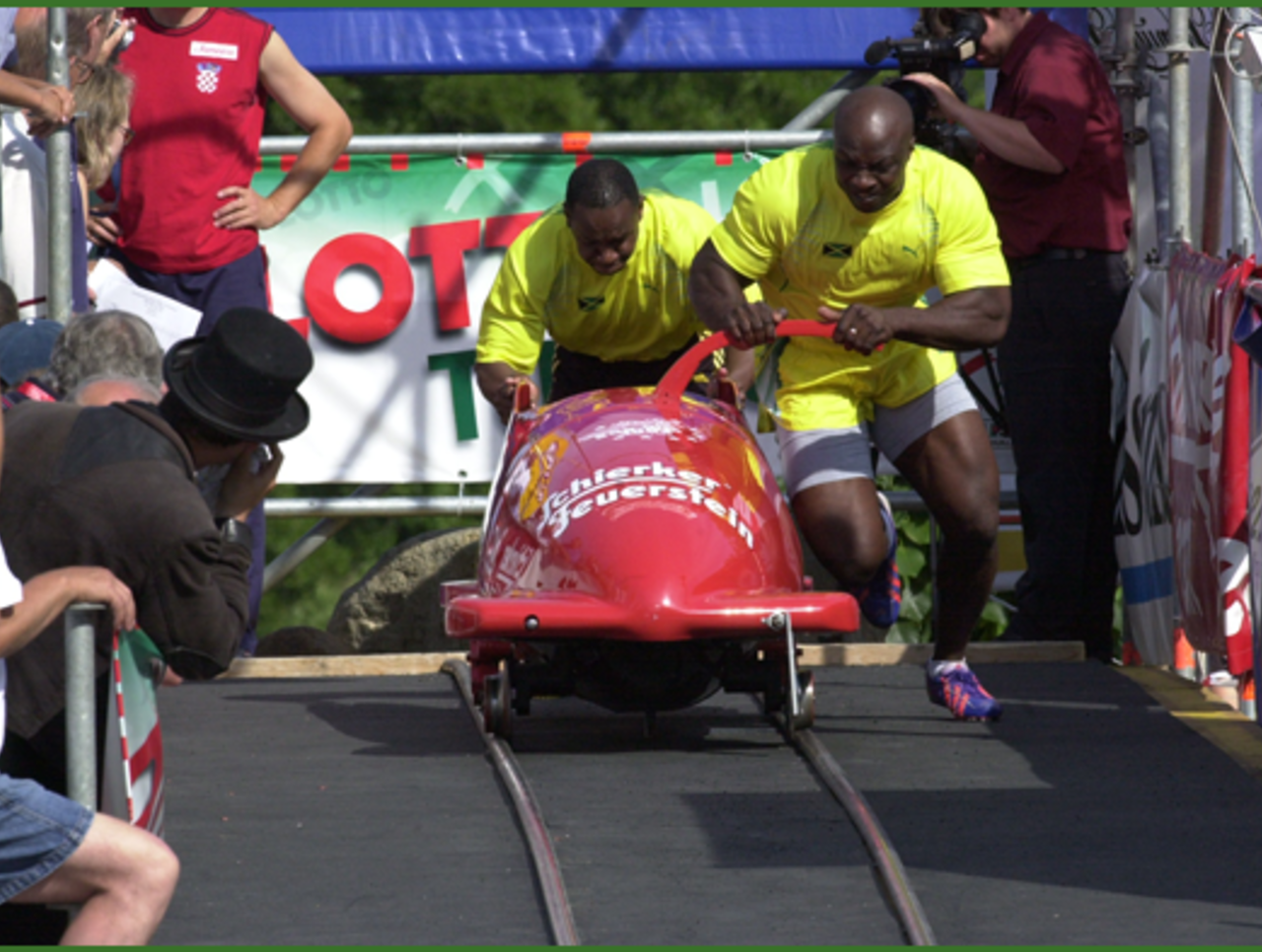
It's a classic story, as old as time itself: Team qualifies for Olympics. Team can't afford to travel to Olympics. People step up to make online donations in a cryptocurrency called Dogecoin, so that team can compete on the world's biggest stage
With the two-man Jamaican bobsled team unable to afford to travel to the final qualifying event in Switzerland, there was a very good chance that their past scores wouldn’t be high enough to claim a spot in Sochi. Even if another sled didn’t qualify ahead of them, traveling to Russia was far from a certainty given the lack of funding available to bobsledders from the Caribbean nation.
When their competitors failed to overtake them, online supporters – full of “Cool Runnings” nostalgia – began donating funds through PayPal, Crowdtilt, Indiegogo and Reddit, using Dogecoin.
It was estimated that the team would need approximately $80,000 to get to Sochi. Thanks to the generosity of the internet, $120,000 in donations poured in over two days, and now driver Winston Watts and brakeman Marvin Dixon can call themselves Olympians.
E Is For Expensive
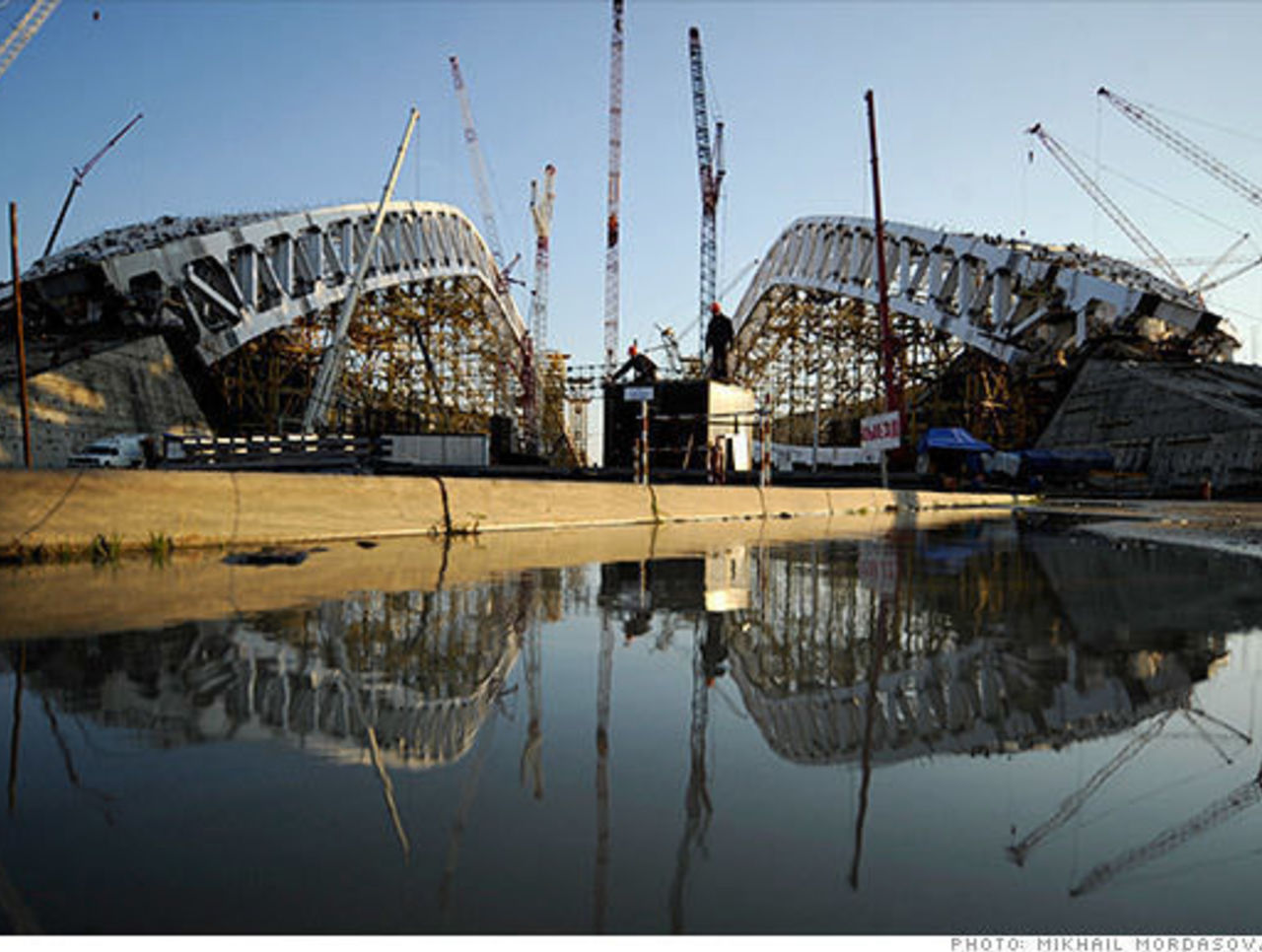
While originally budgeted at $12 billion, the cost of holding the Winter Games in Sochi has sky rocketed to over $50 billion, surpassing the estimated $44 billion cost of the 2008 Summer Olympics in Beijing as the most expensive Olympics in history. Most of the cost was associated with modernizing the Russia resort town's infrastructure for telecommunications, power, and transportation.
Not surprisingly, putting the needed infrastructure in place was marked by several allegations of corruption leading to the enormous cost overruns.
F Is For Figure Skating
Events: Men's singles, Women's singles, Pair, Ice Dance, Team.
For a complete preview of Figure Skating, click here.
F Is Also For Freestyle Skiing
Events: Men’s and women’s aerials, halfpipe, moguls, ski cross, slopestyle
For a complete preview of Freestyle Skiing, click here.
G Is For Gold
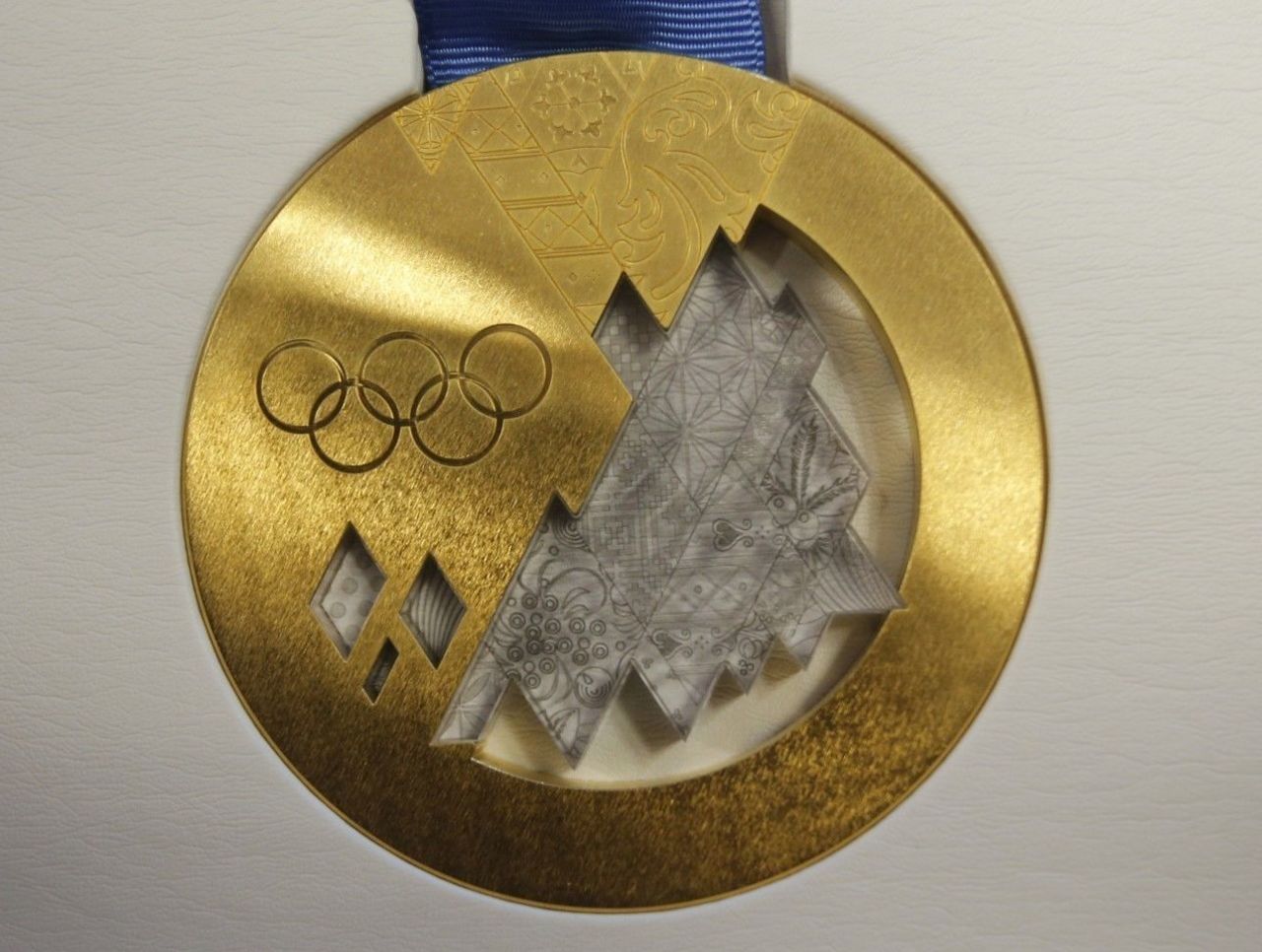
Gold medals will be awarded in 98 events at the 2014 Winter Olympics. Each one will weigh 531 grams with a thickness of 10 millimeters, and a diameter of 100 millimeters, making it the largest gold medal in the history of the Olympics.
If the gold medal was made of solid gold its value would be more than $20,000, but the gold medals actually contain 525 grams of silver with a 960 hallmark and only six grams of gold with a 999 hallmark.
The actual value of a gold medal is less than $600.
H Is For Human Rights
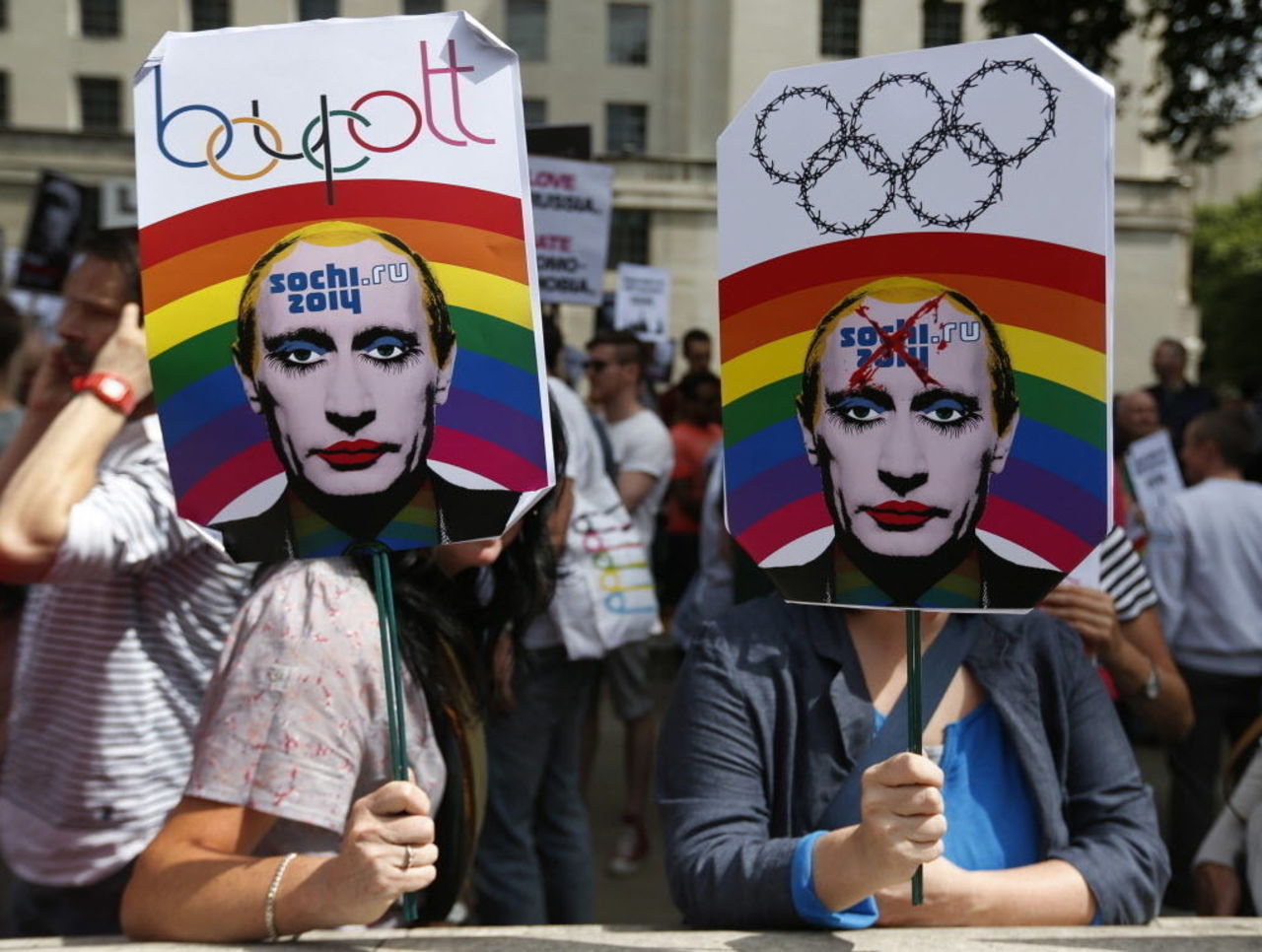
Three years before he made Sochi his home for the summer, Joseph Stalin amended the Soviet Union’s criminal code to include Article 121 which made sexual relations between men punishable by five years of hard labor in prison - the same disciplinary action that an accused pedophile would face. The harsh measure remained for six decades, finally being repealed in 1993, two years after the dissolution of the Soviet Union and six years before homosexuality was officially removed from Russia’s official list of mental illnesses.
While being gay in Russia may have been decriminalized, and no longer considered to be a brain defect, a disturbing trend emerged after Sochi was awarded the Olympics. Nine separate regions in the country - including Krasnodar Krai, where the host city is located - enacted bans on what has casually been referred to as “homosexual propaganda.” Earlier this summer, a similar law was adopted at the federal level that makes “propaganda of nontraditional relationships among the under-aged” illegal across the entire nation.
The law has received fervid international attention, with some activists going so far as to call for a boycott of the Winter Olympics. Adding to the persuasiveness of arguments against going to Sochi to compete are anecdotes of intolerance in Russia that authorities are quick to dismiss as nothing more than the exaggeration of isolated incidents.
It comes as a surprise to most that the punishment inflicted by the “homosexual propaganda” law consists only of a fine, and not state sponsored violence at the hands of neo-Nazi groups. However, the root of hate crimes against homosexuals is difficult to combat when education is made impossible by the illegality of public discourse on the issue.
This explains why the overwhelming majority of Russians (74%) believe homosexuality to be an unacceptable practice, and fewer of the nation’s citizens take an opposing view every year. As other nations around the world seem to be making important strides toward no longer classifying others through sexual identity, Russia is becoming even less tolerant of basic human rights.
I Is For Ice Hockey
Events: Men's and women's tournament.
For a complete preview of Ice Hockey, click here.
J Is For Joseph Stalin
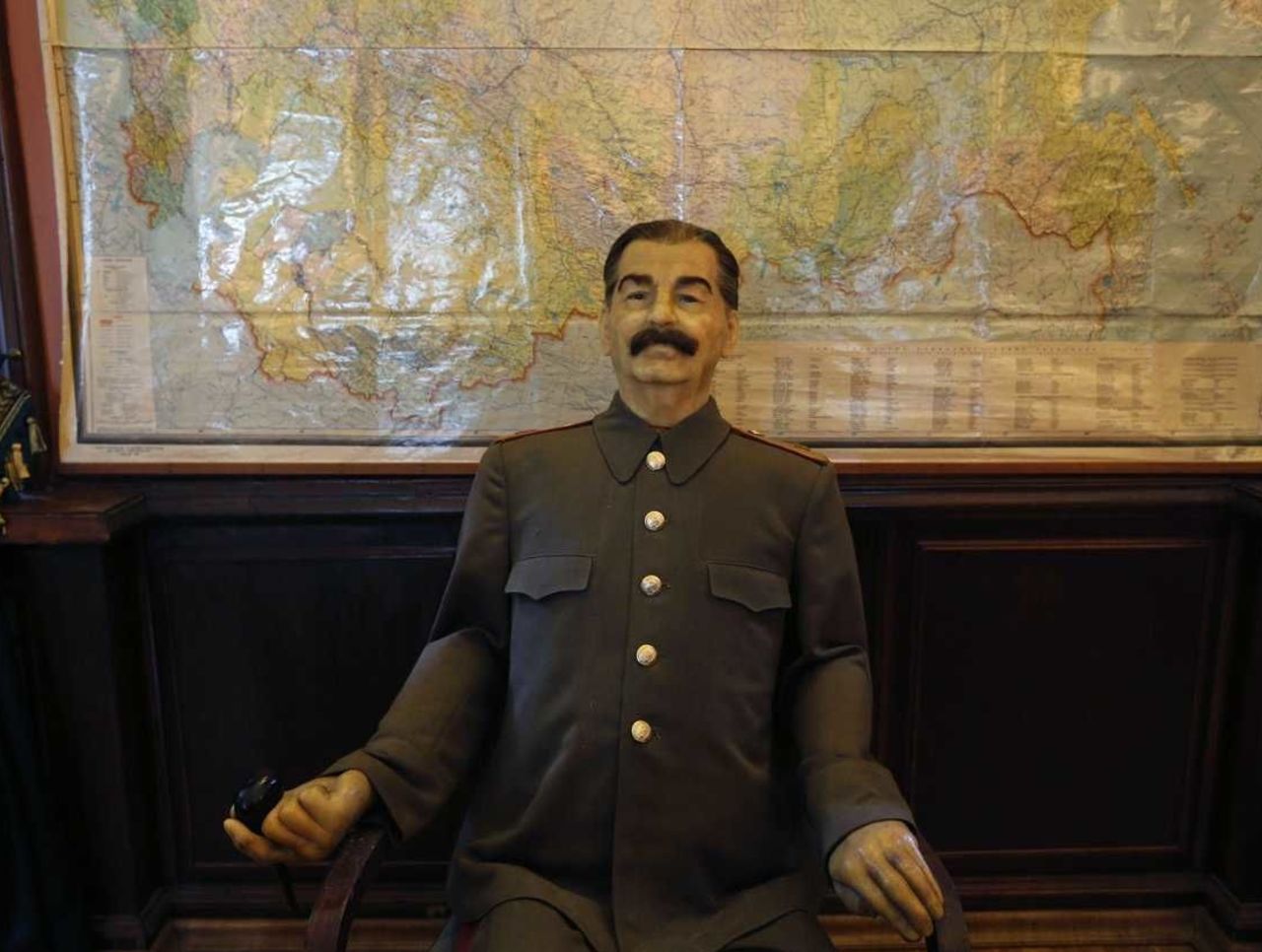
More than six years ago, the International Olympic Committee selected Sochi - a Russian resort city with 350,000 permanent residents - to host the fifteenth Winter Olympics. A popular tourist destination ever since Joseph Stalin built a dacha there in the late 1930s, Sochi’s relevance has increased over the past decade thanks to aggressive government investment.
It’s appropriate that Stalin’s summer home still stands near the Black Sea as both a lodge and a museum, complete with a tacky wax statue of the former dictator at his desk, presumably not signing his name to proscription lists. Given what was previously mentioned in the Human Rights section, It’s a very functioning symbol of Russia’s past.
K Is For Killer Slopestyle
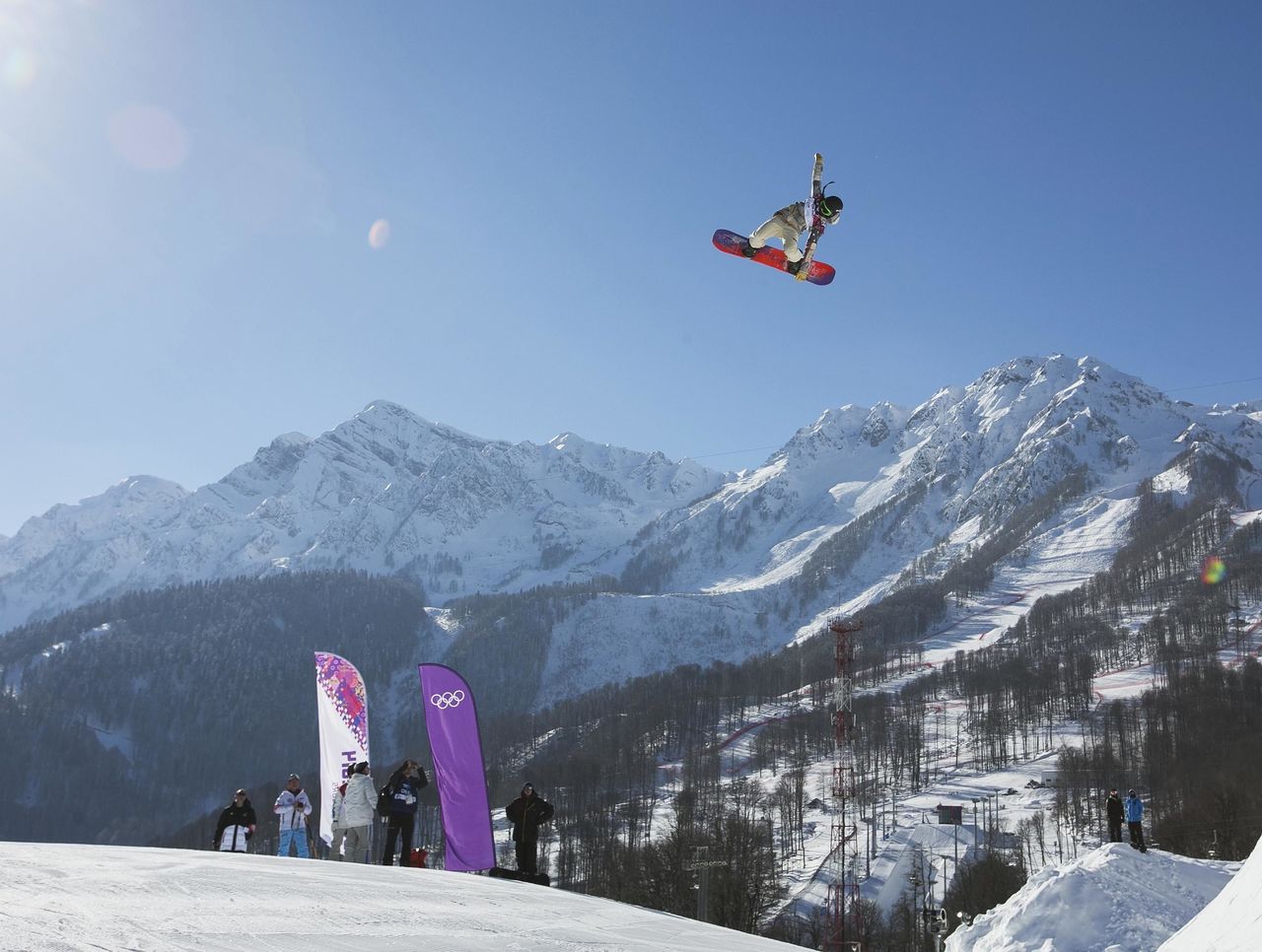
Despite changes to the slopestyle course at Rosa Khutor just days before the beginning of the 2014 Winter Olympics, U.S. medal favorite Shaun White has withdrawn from the competition due to safety concerns. While members of the Canadian snowboarding team suggested that the only thing at risk was White's ego, an ugly crash during practice runs Monday, when Norwegian hopeful Torstein Horgmo broke his collarbone, might have had an impact on the American's decision.
White is still expected to compete, as the two-time defending Olympic champion, at the halfpipe event.
L Is For Lucky Number Seven
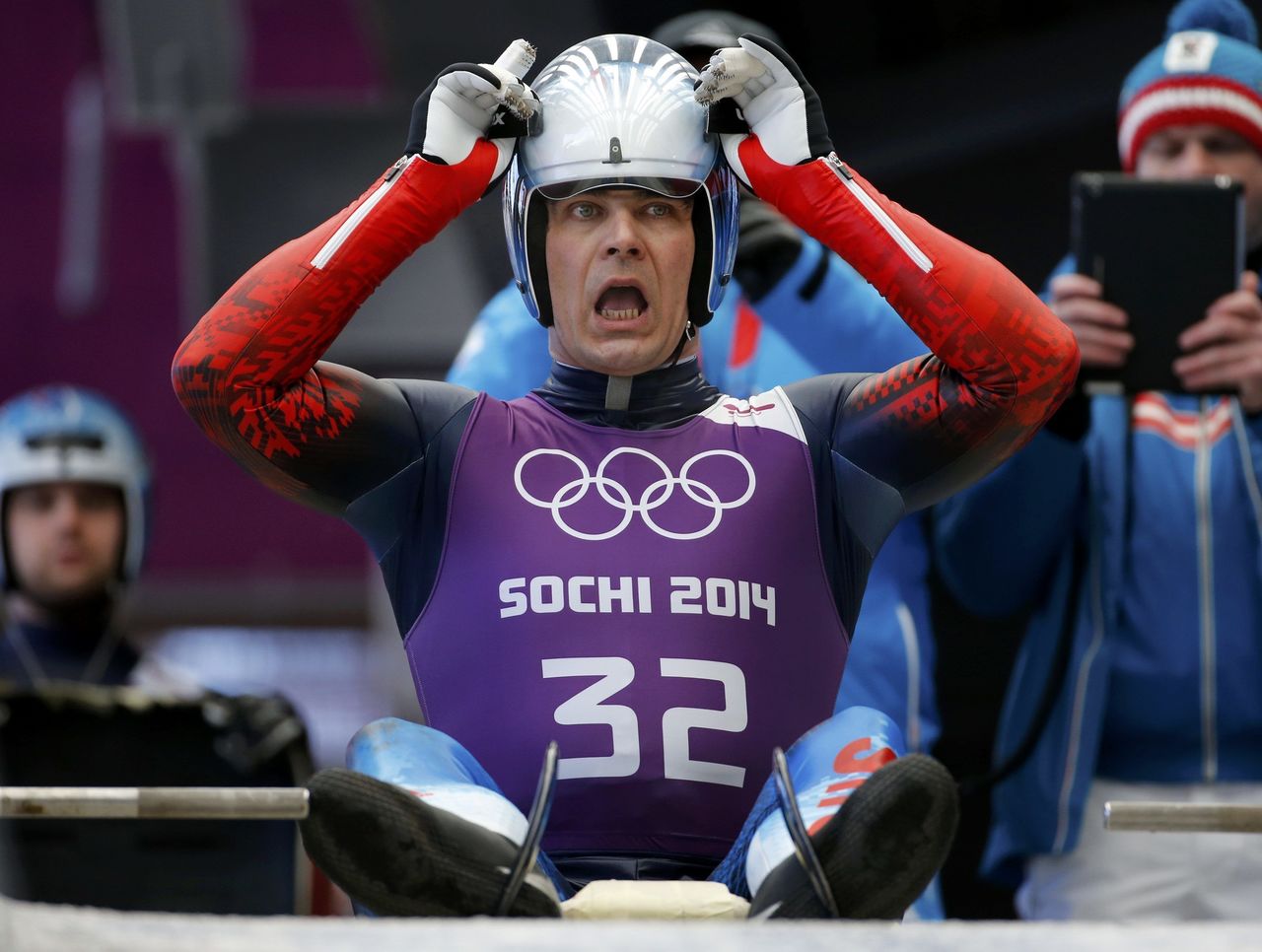
Luger Albert Demchenko, 42, of Russia and ski jumper Noriaki Kasai, 41, of Japan will be participating in a record seventh Winter Olympic Games. Neither show signs of slowing down.
Demchenko even managed to turn a few heads in training, topping the time charts ahead of Germany’s favored medal contenders.
Meanwhile, when Kasai was asked by reporters why he still competes, he answered matter of factly, "Because I haven't won a gold medal yet."
It's likely worth noting that Duff Gibson was 39 years and 190 days old when he won men's skeleton at the Torino 2006 Olympic Winter Games to become the oldest gold medal winner in an individual event in Olympic Winter Games history.
L Is Also For Luge
Events: Men’s and women’s singles, men’s doubles, mixed team relay.
For a complete preview of Luge, click here.
M Is For Mikaela Shiffrin
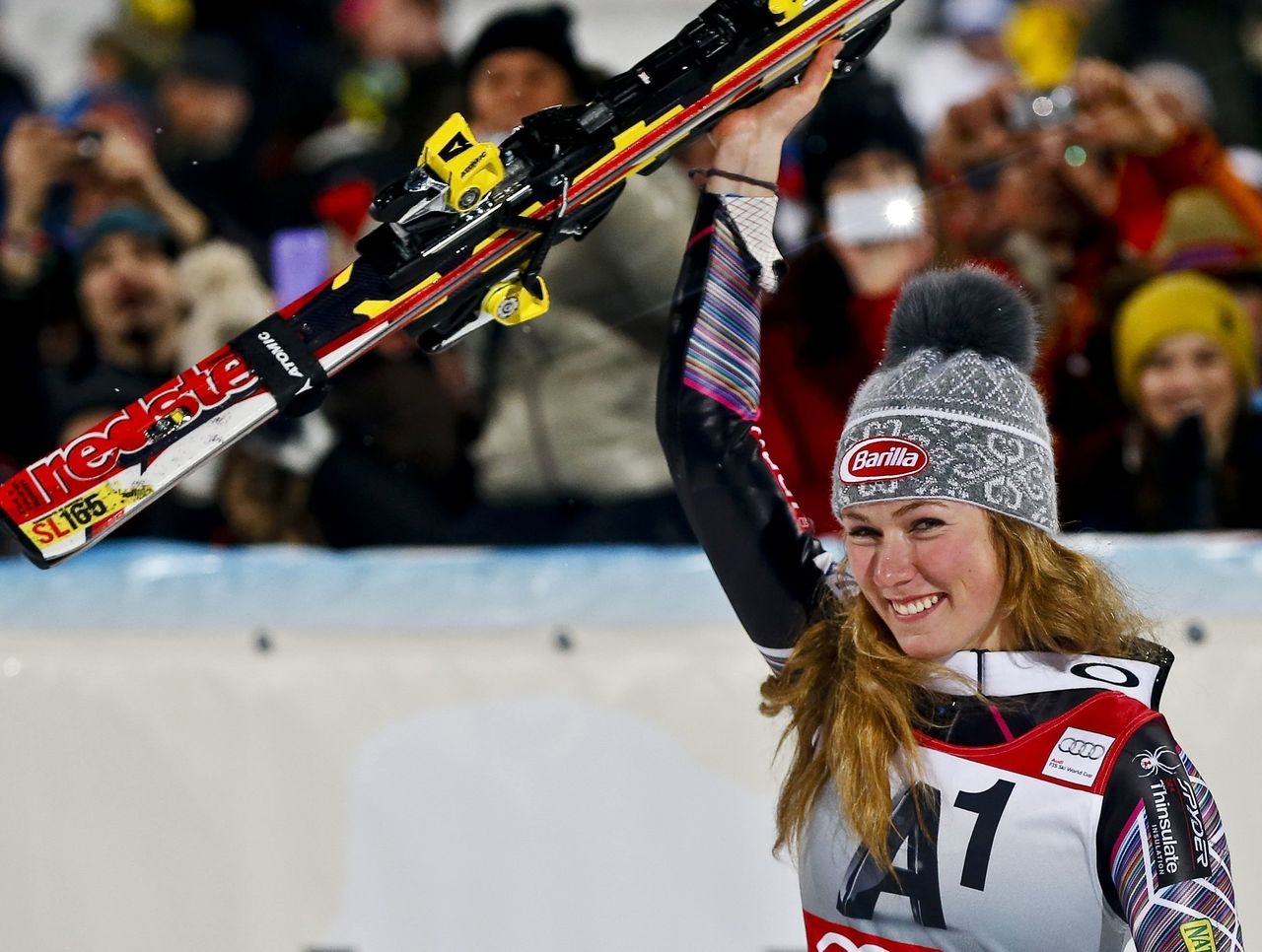
With Lindsey Vonn sidelined after reconstructive surgery on her right knee, America will have to prepare itself to fall head over heels in love with slalom favorite Mikaela Shiffrin. The 18-year-old will be competing in her first Olympics following a victory in slalom at last year's World Championships and a World Cup title.
N Is For Nordic Combined
Events: Individual normal hill/10 km, individual large hill/10 km, and team large hill 4x5 km relay.
For a complete preview of Nordic Combined, click here.
O Is For Ole Einar Bjoerndalen
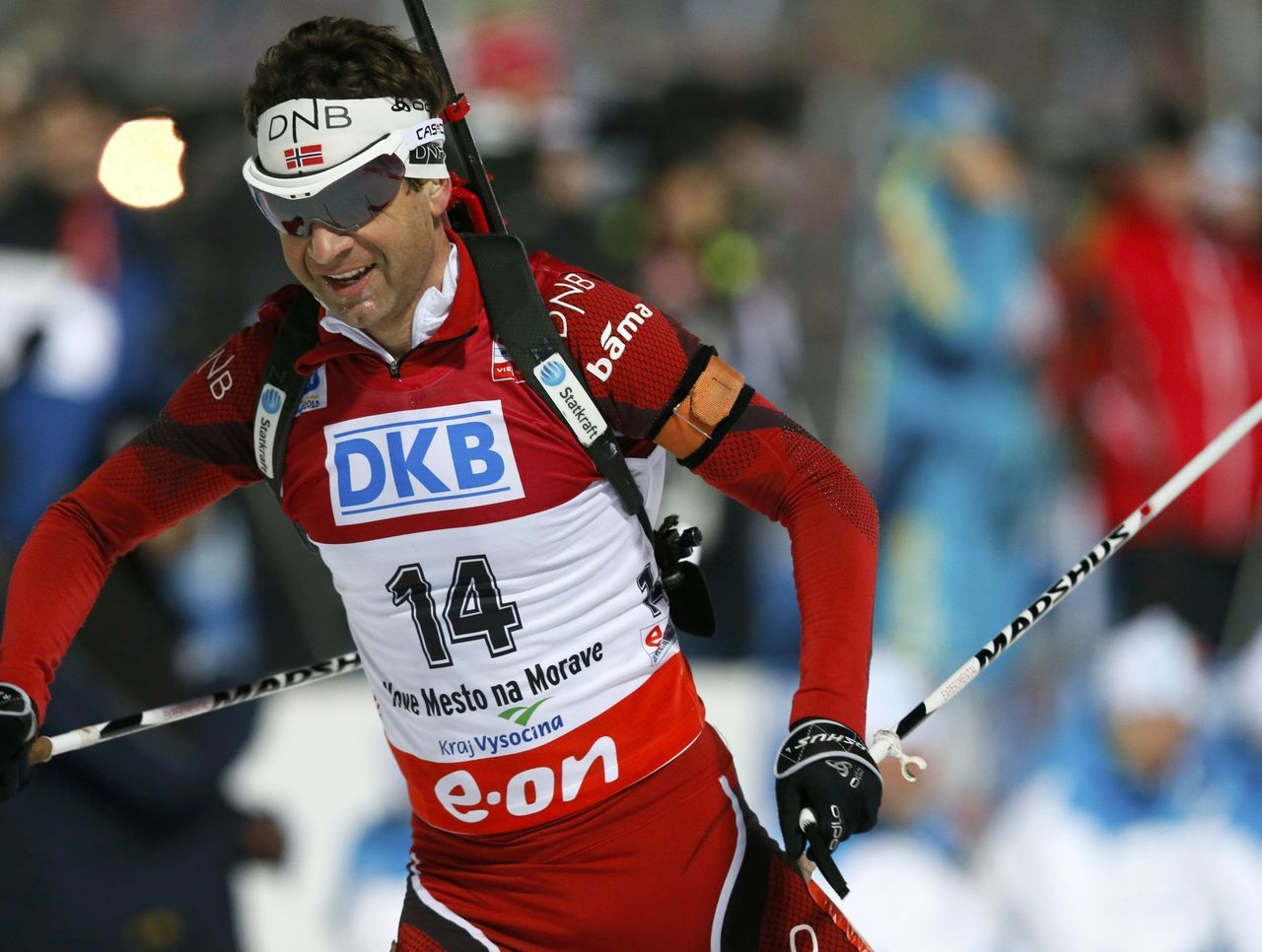
Norway's Ole Einar Bjoerndalen can become the most successful athlete in Olympic Winter Games history if he manages to win two medals in Sochi. The biathlete has won 11 Olympic medals, trailing only cross-country skiing compatriot Bjorn Daehlie's all-time record of 12.
At 40-years-old, this will most likely be The Cannibal's last chance to surpass the Norwegian legend.
P Is For Putin
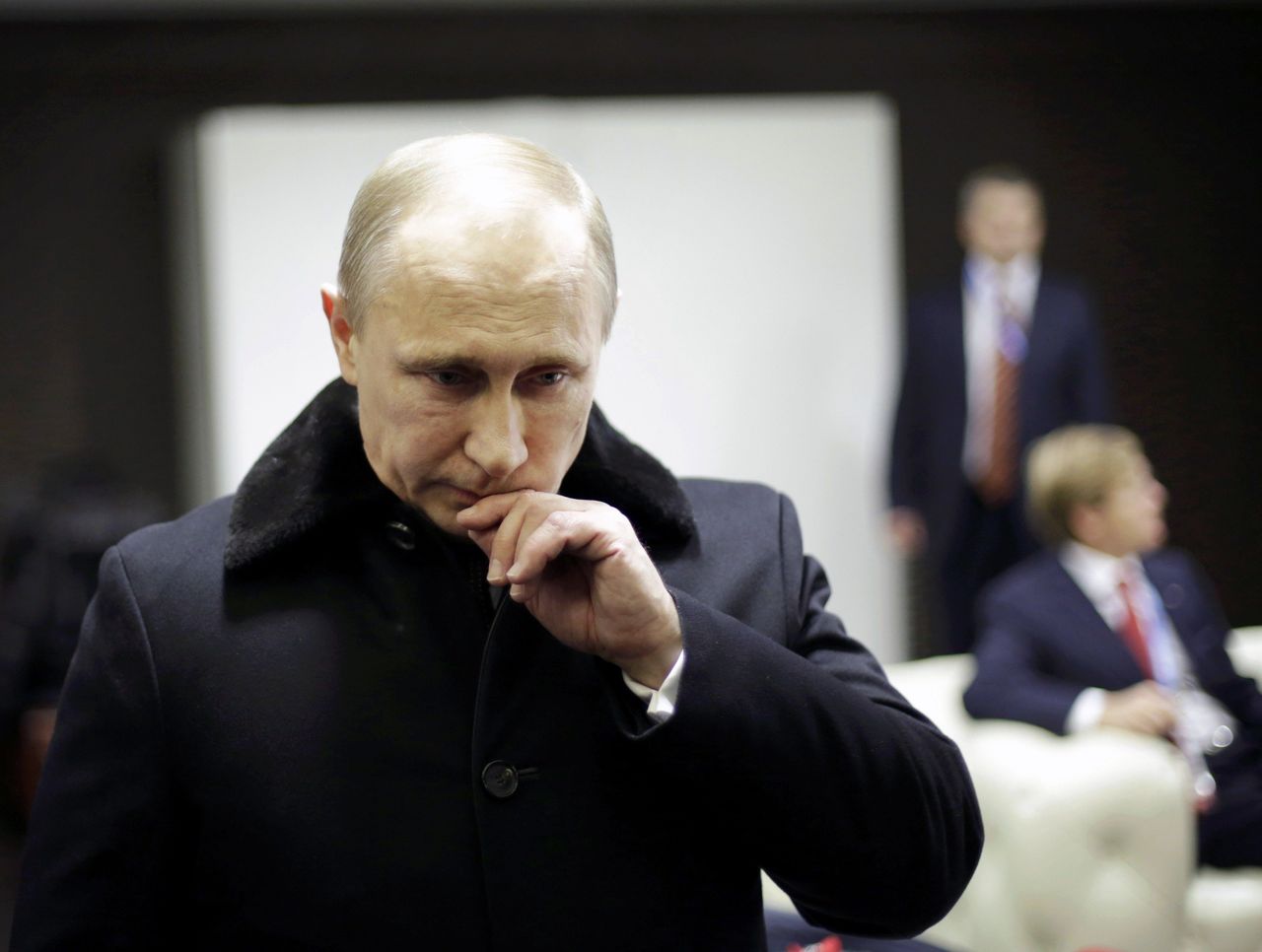
These are undoubtedly Vladimir Putin's Games, and it's no coincidence that he chose Sochi to play the role of host. Today, the city is more likely to host state visits and international sporting events than Moscow or even St. Petersburg. The Russian President's ongoing developments in the region have been likened to an imperial project, and it's not exactly an exaggeration.
Never one to play favorites with the old guard politicians from the nation's most important cities historically, Putin has attempted to make Sochi home to his yet to be determined legacy. The Olympic Games are a major part of building that foundation.
Q Is For Quad
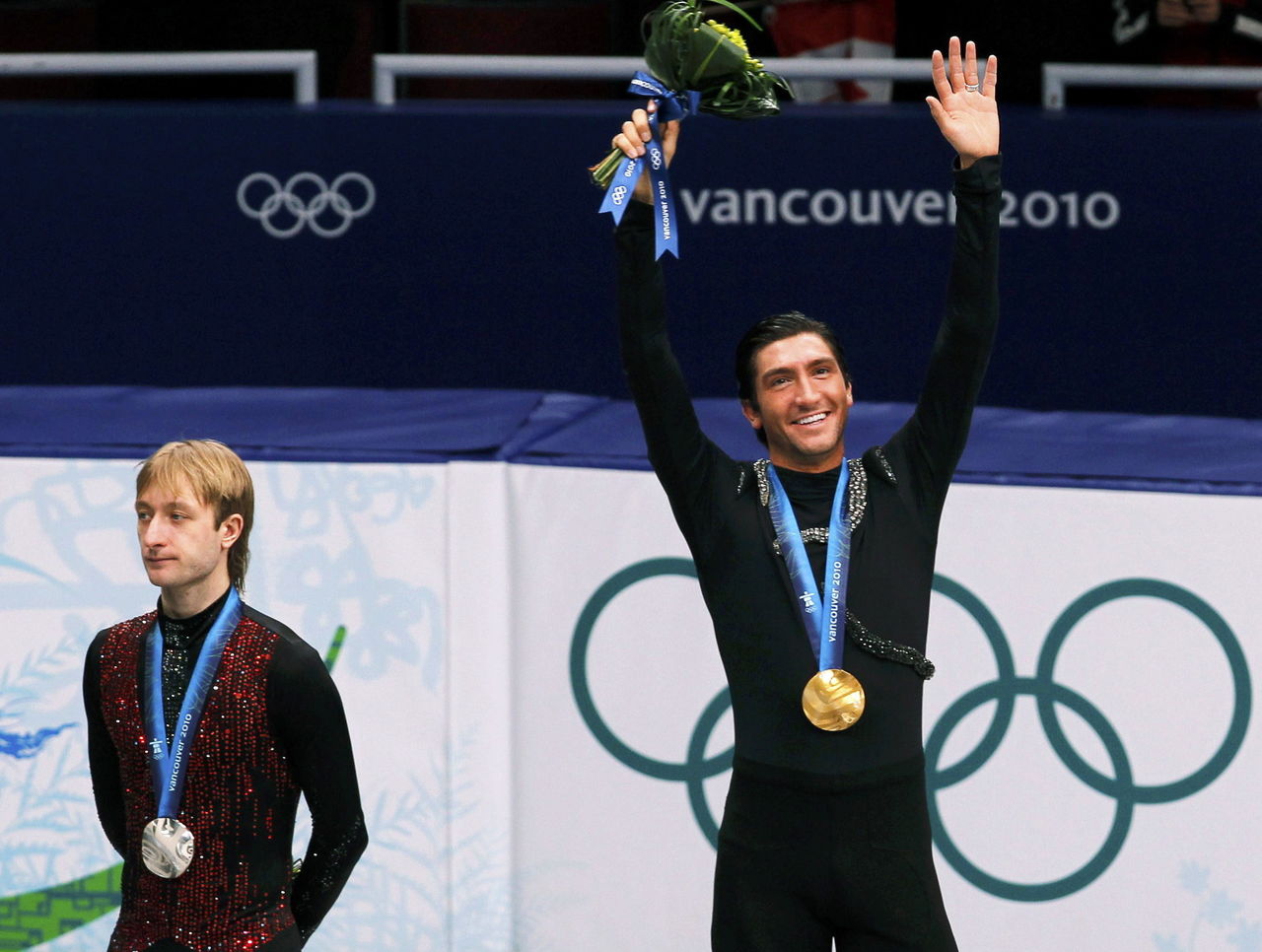
Four or more, but fewer than five, rotations in the air. It's the most exciting rotational jump a figure skater can make.
After Evan Lysacek, the Olympic champion at the 2010 Vancouver Games, won without even attempting a quadruple jump of any sort, the powers that be decided to reward skaters willing to try more riskier elements, and now, attempting a quad has become a part of risk versus reward strategy for male figure skaters.
That's a good thing. As Russia's Yevgeny Plushenko famously put it, after losing to Lysacek in Vancouver despite landing the jump:
"Without a quad, it's not men's figure skating."
R Is For Russian Hockey
The marquee event for the Winter Olympics is always the men's hockey tournament, and in Sochi, no event is more important to Russia. With Pavel Datsyuk, Evgeni Malkin and Alexander Ovechkin on the roster, they certainly have the fire power to compete with Canada, Sweden and the United States. However, with all that offensive force up front, the question becomes whether or not their relatively inexperienced defensive pairings will be able to hold off the best forwards in the world. That's far from a given.
For a complete preview of the Russian hockey team, click here.
S Is For Short Track Speed Skating
Events: Men’s and women’s 500m, 1000m, 1500m, men’s 5000m relay and women’s 3000m relay.
For a complete preview of Short Track Speed Skating, click here.
S Is Also For Skeleton
Events: Individual men’s and women’s races.
For a complete preview of Skeleton, click here.
S Is Also For Ski Jumping
Events: Men’s individual normal and large hill, men’s team (large hill), and women’s normal hill.
For a complete preview of Ski Jumping, click here.
S Is Also For Snowboarding
Men’s and women’s Slopestyle, Halfpipe, Snowboard Cross, Parallel Slalom, and Parallel Giant Slalom.
For a complete preview of Snowboarding, click here.
S Is Also For Speed Skating
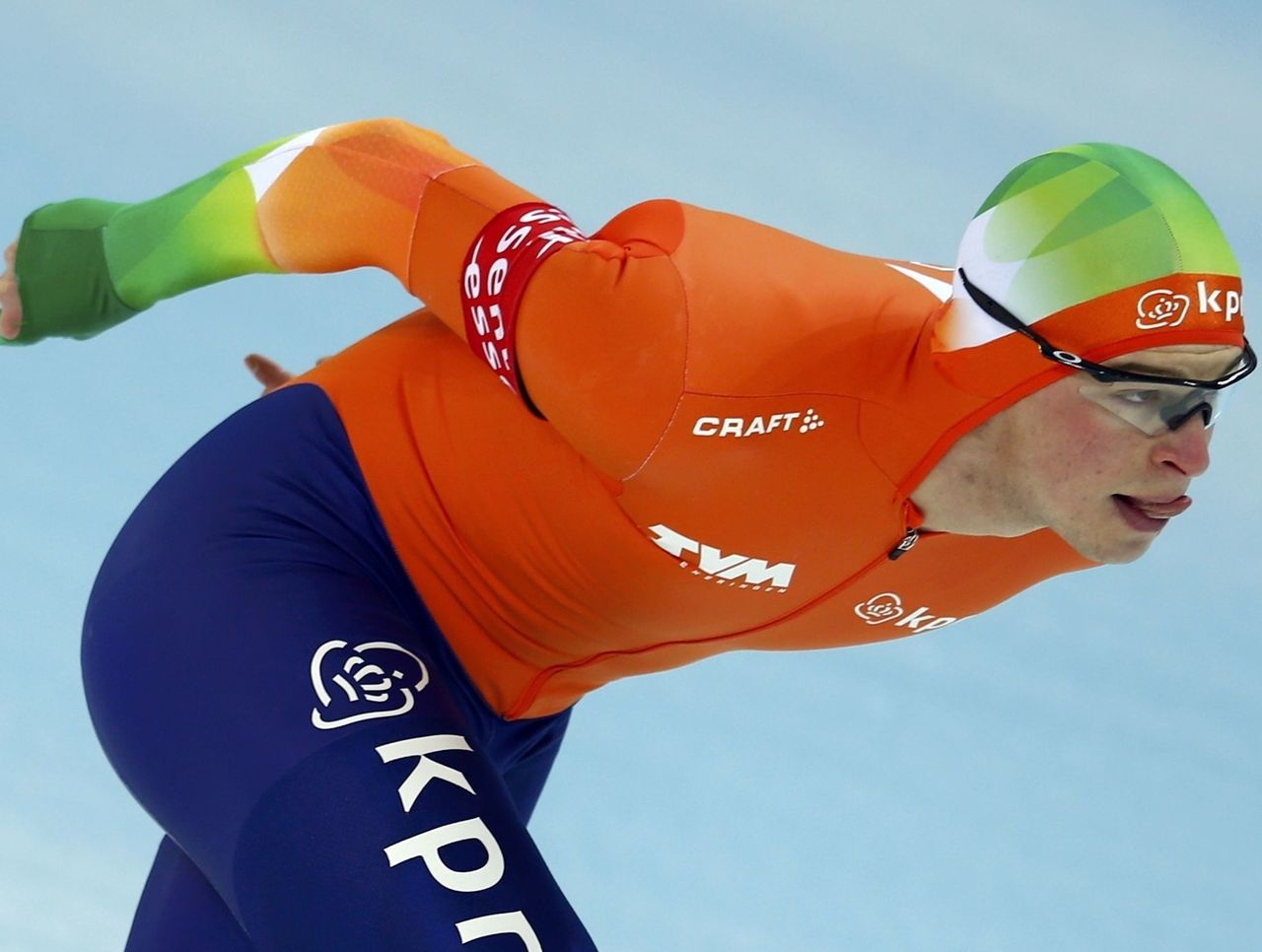
We were so close to being able to say that Speed Skating, like Hockey and Figure Skating, was originally a Summer Olympics sport, but alas, it wasn’t meant to be. After first being discussed for Olympic inclusion ahead of the 1908 Summer Games in London, Speed Skating didn’t make its debut until 1924 at the International Winter Sports Week in Chamonix, now referred to as the 1924 Winter Olympics.
Not to be confused with Short Track Speed Skating - which was introduced to the Olympics in 1992 - its long track cousin is simply referred to as Speed Skating. Participants race on a two-lane oval rink with each lane three to four meters wide. Similar to an athletics track on ice, its length is typically 400m. To ensure that both the inside racer and the outside racer cover the same distance, the skater switch lanes at the back straight, usually without incident.
Events: Men’s and women’s 500m, 1000m, 1500m, 5000m and Team Pursuit. Men’s 10000m, and women’s 3000m.
T Is For Television
It's weird, but people across North America still use televisions. If you're one of these people, a guide to what's airing when might prove very helpful.
The full schedule of Olympic TV coverage in the United States.
The full schedule of Olympic TV coverage in Canada.
T Is For Toilets In Sochi
I just, don't even.
Top signage #Sochi2014 pic.twitter.com/SHU2j3JyIh
— Jonathan Edwards (@JDE66) February 4, 2014
Well that's interesting... Sochi rules in the bathrooms!! #haha #olympics pic.twitter.com/xacSVimwXY
— Sebastien Toutant (@SebToots) February 1, 2014
Kazan University on the eve of the Summer Universiade 2013. Image: BBC cameraman Max Lomakin pic.twitter.com/s9PDECpSrN
— Steve Rosenberg (@BBCSteveR) January 21, 2014
At least I didn't have to share. #SochiToilet #Sochi2014 pic.twitter.com/Vt8BnECCcg
— Rob Elgas (@RobElgasNBC) February 5, 2014
Seeing double in the Gentlemen's Loo at the Olympic Biathlon Centre #Sochi pic.twitter.com/a1HoilU9zn
— Steve Rosenberg (@BBCSteveR) January 20, 2014
U Is For Underwear
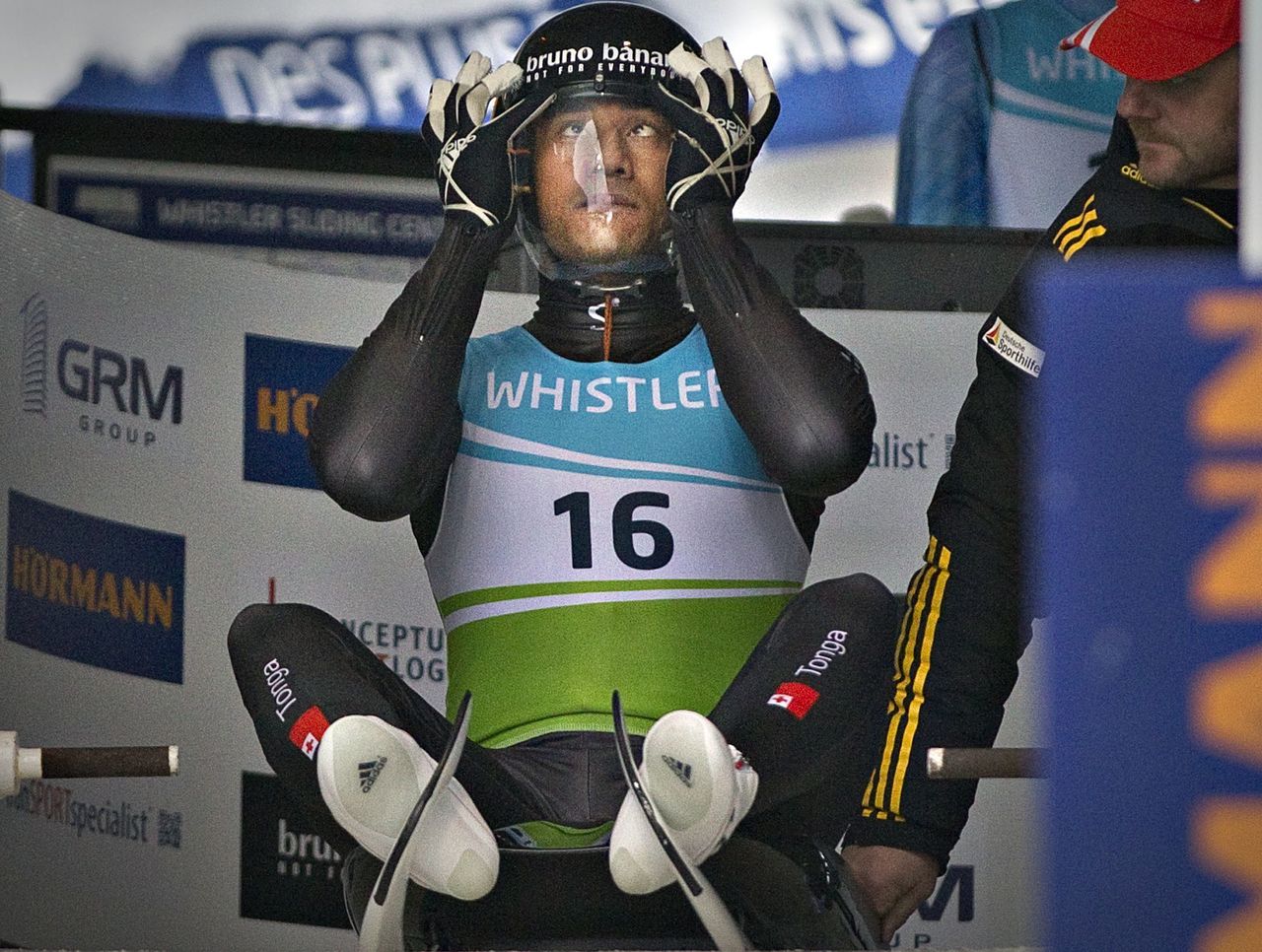
Bruno Banani is a German underwear manufacturer. Bruno Banani is also a luger for Tonga. Coincidence? Nope.
In 2008, Tongan student Fuahea Semi was approached by a guerrilla marketing firm that asked him to move to Germany, change his name to match that of the underwear company, and learn to luge. He agreed, and has since reached three World Championships and become Tonga's first Winter Olympian.
V Is For Venues
The Sochi Olympic Park was built so that the venues for all events will be clustered around the Medals Plaza, allowing all indoor venues to be within walking distance.
These include:
- Fisht Olympic Stadium (Ceremonies) – 40,000 capacity.
- Bolshoy Ice Dome (Hockey) – 12,000 capacity.
- Shayba Arena (Hockey) – 7,000 capacity.
- Adler Arena Skating Center (Speed Skating) – 8,000 capacity.
- Iceberg Skating Palace (Figure Skating, Short Track Speed Skating) –12,000 capacity.
- Ice Cube Curling Center (Curling) – 3,000 capacity.
Meanwhile, the outdoor events will be held at:
- Laura Biathlon & Ski Complex (Biathlon, Cross-Country Skiing).
- Rosa Khutor Extreme Park (Freestyle Skiing, Snowboarding).
- Rosa Khutor Alpine Resort (Alpine Skiing).
- Sliding Center Sanki (Bobsleigh, Luge, Skeleton).
- RusSki Gorki Jumping Center (Ski Jumping and Nordic Combined).
The participants will all be housed nearby at the Rosa Khutor Plateau Olympic Village.
W Is For Wild
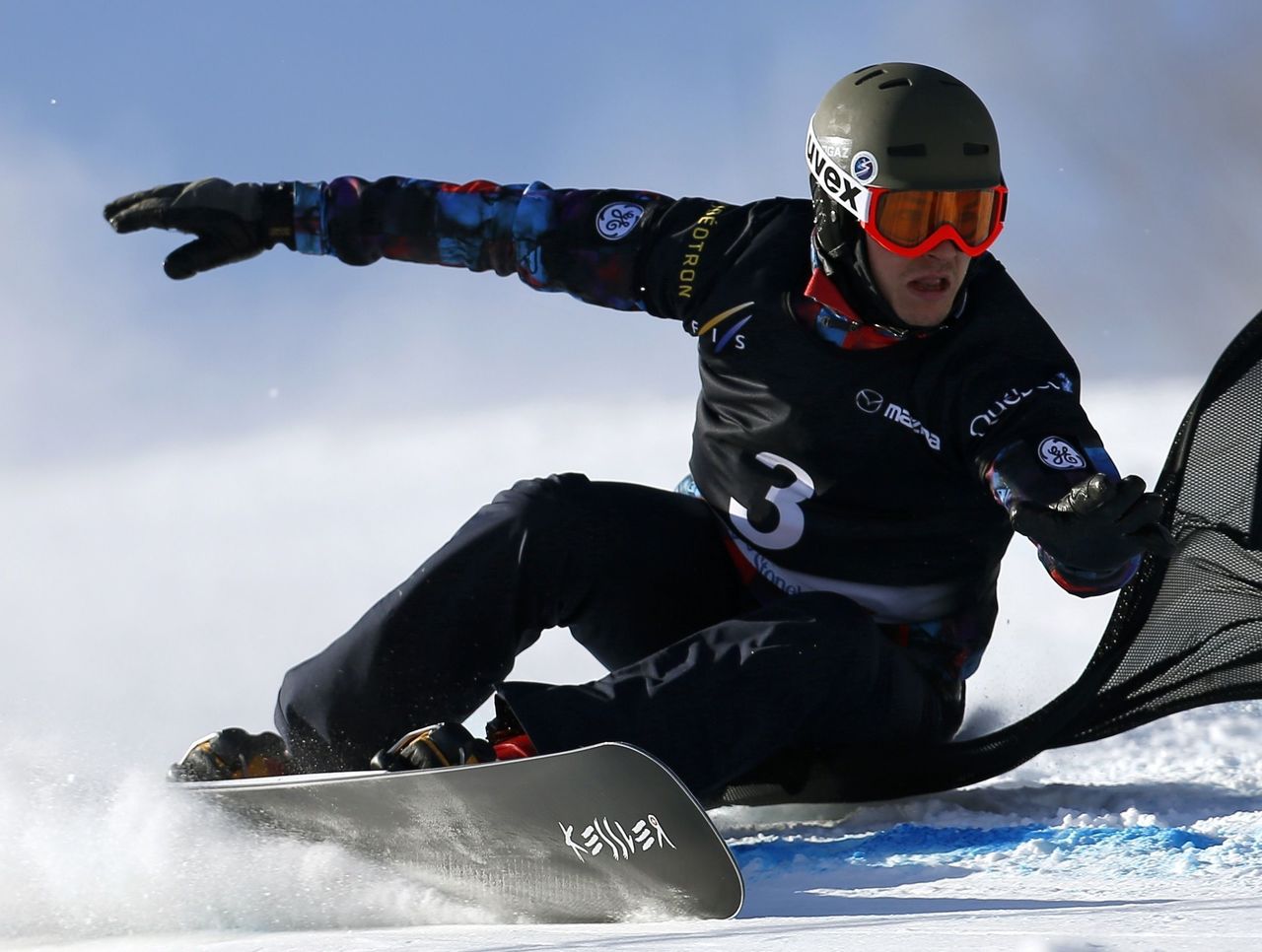
Pictured above is Vic Wild, the first Winter Olympian to have been born in the United States, but compete for Russia.
After failing to qualify for the U.S. snowboarding team ahead of the 2010 Winter Games, Wild married Russian snowboarder Alena Zavarzina, and moved to her homeland. The change worked, as Wild not only qualified for the 2014 Winter Olympics, but he also brought home a bronze medal at a World Cup event in 2013.
When you name your child Vic Wild, it would seem unreasonable to expect anything less.
X Is For X Games
The Olympic Snowboarding and Freestyle Skiing competitions likely owe an enormous debt of gratitude to the Winter X Games for developing their respective sports to becoming some of the most popular under the Winter Games umbrella, especially with the younger demographic.
Unfortunately, this hasn't been a mutually beneficial relationship. Among several others, Snowboarding's biggest stars - Shaun White and Tora Bright - both opted to skip January's X Games in favor of being better prepared for the Olympics.
Y Is For Yuna Kim
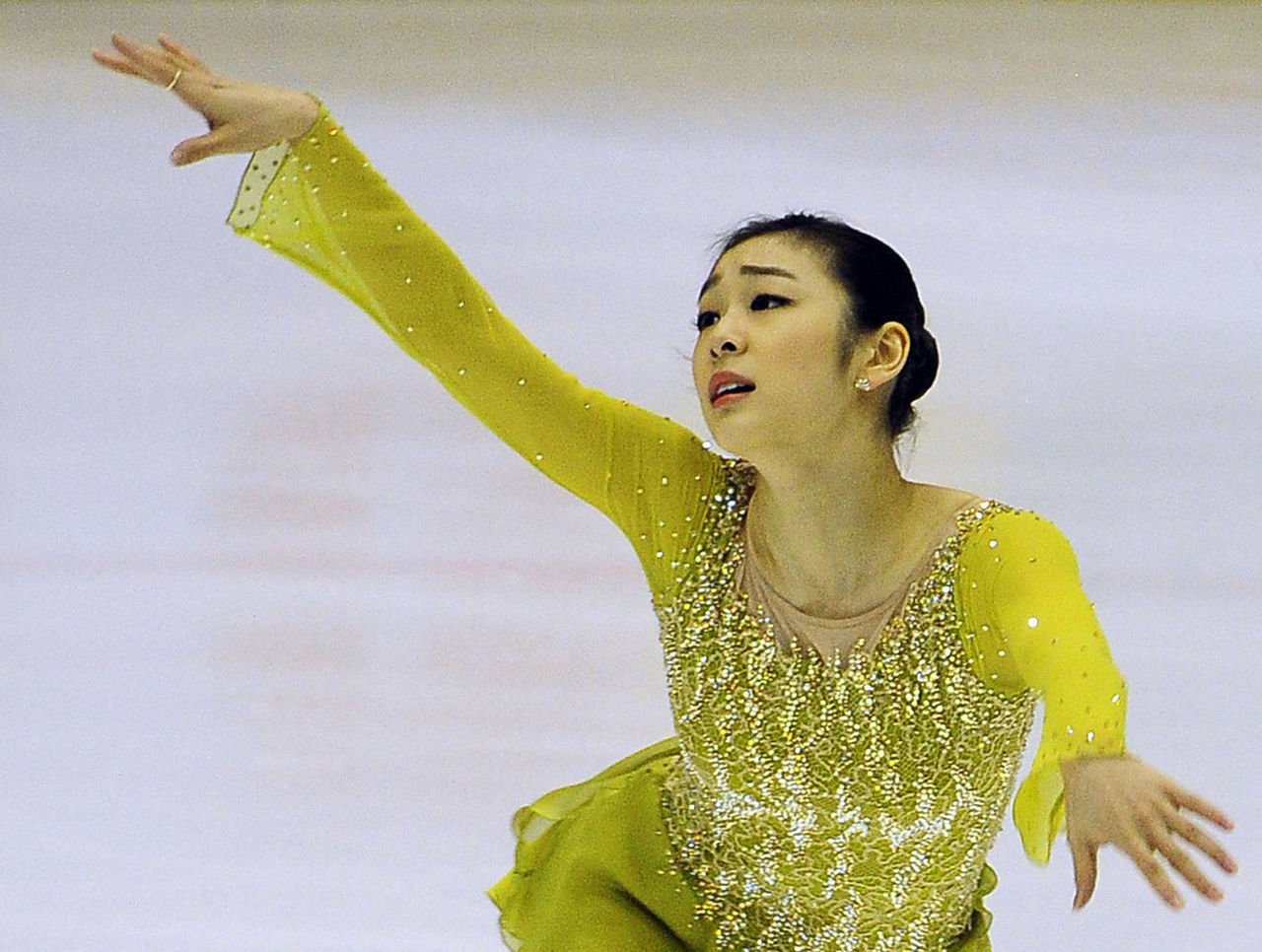
The defending Olympic and World Champion in women's singles figure skating is South Korean Yuna Kim.
She is the current record holder for highest score in the short program, the free skate, and the combined total under the ISU Judging System. She has broken this world record 11 times since 2007, eight of which were records she herself set. She is also the first female skater to surpass the 140-point and 150-point free skating mark and the 200-point total mark under the ISU Judging System. She has not finished off the podium in her entire career.
So accomplished. And she's only 23-years-old.
Kim is the Michael Jordan, Wayne Gretzky and John Elway of figure skating, a sport that has never before had an elite athlete of that caliber, so far above what everyone else is doing.
Z Is For Zimbabwe's First Winter Olympic Representative
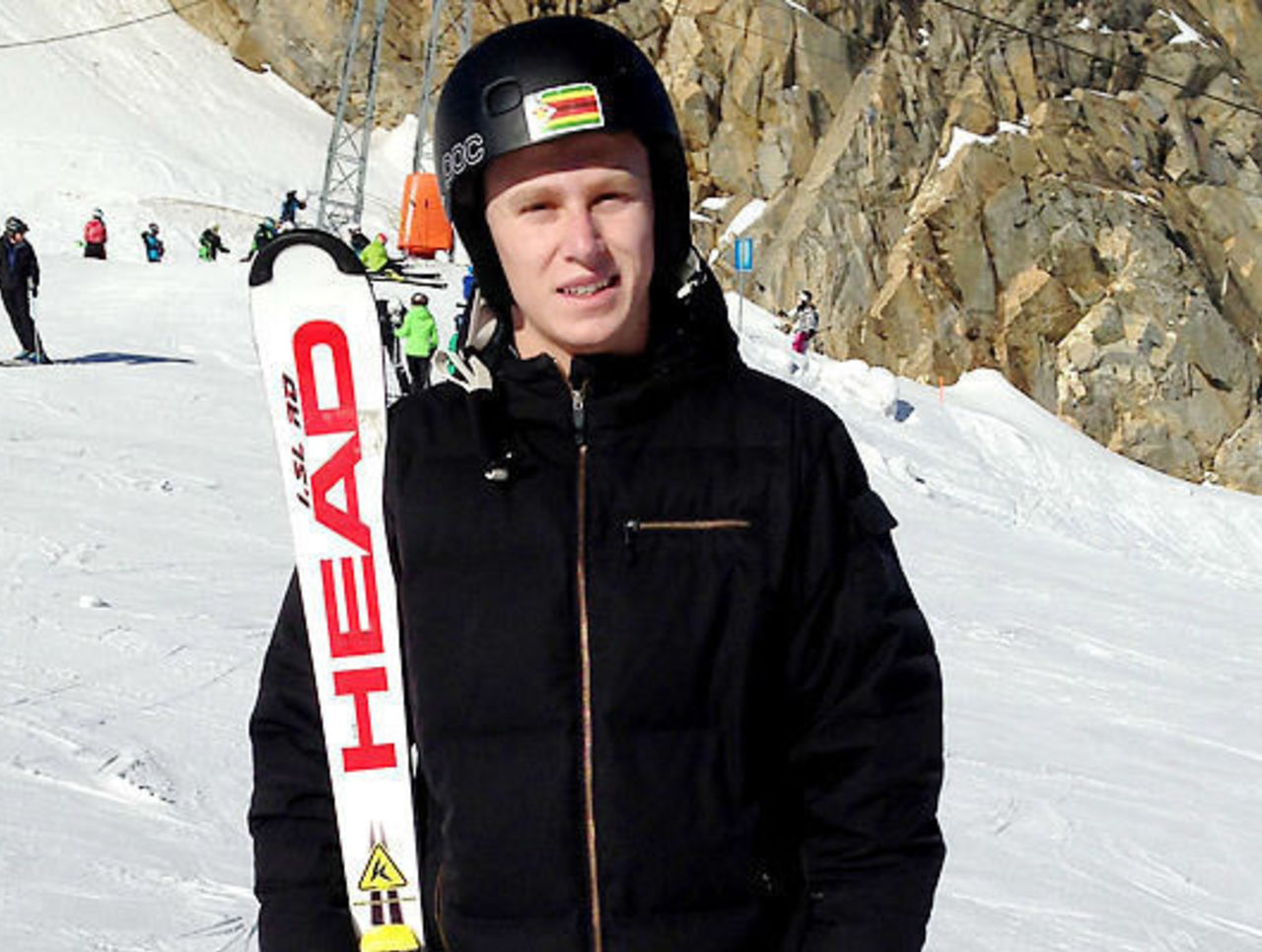
According to weather records, the last time it snowed in Zimbabwe, the year was 1960 and women’s speed skating and biathlon were making their Winter Olympics debuts. It was also 35 years before Luke Steyn, the nation’s first Winter Olympian, would breathe his first breath of air.
Steyn was born in Harare – the nation’s capital – but his family moved to Switzerland when he was only two-years-old. He trained at several European skiing academies before winding up at the University of Colorado, where he took some time off from his studies to ski full-time.
After earning the backing of the Zimbabwe Olympic Committee and the state-run Sports and Recreation Council to represent his birth country, Steyn drove roughly 1,800 miles through France, Italy and Switzerland in 20 days to gather enough World Cup points to qualify for Sochi before the January 19th cutoff. He was successful, and now he’ll compete at both the giant slalom and slalom events at the Winter Olympics.